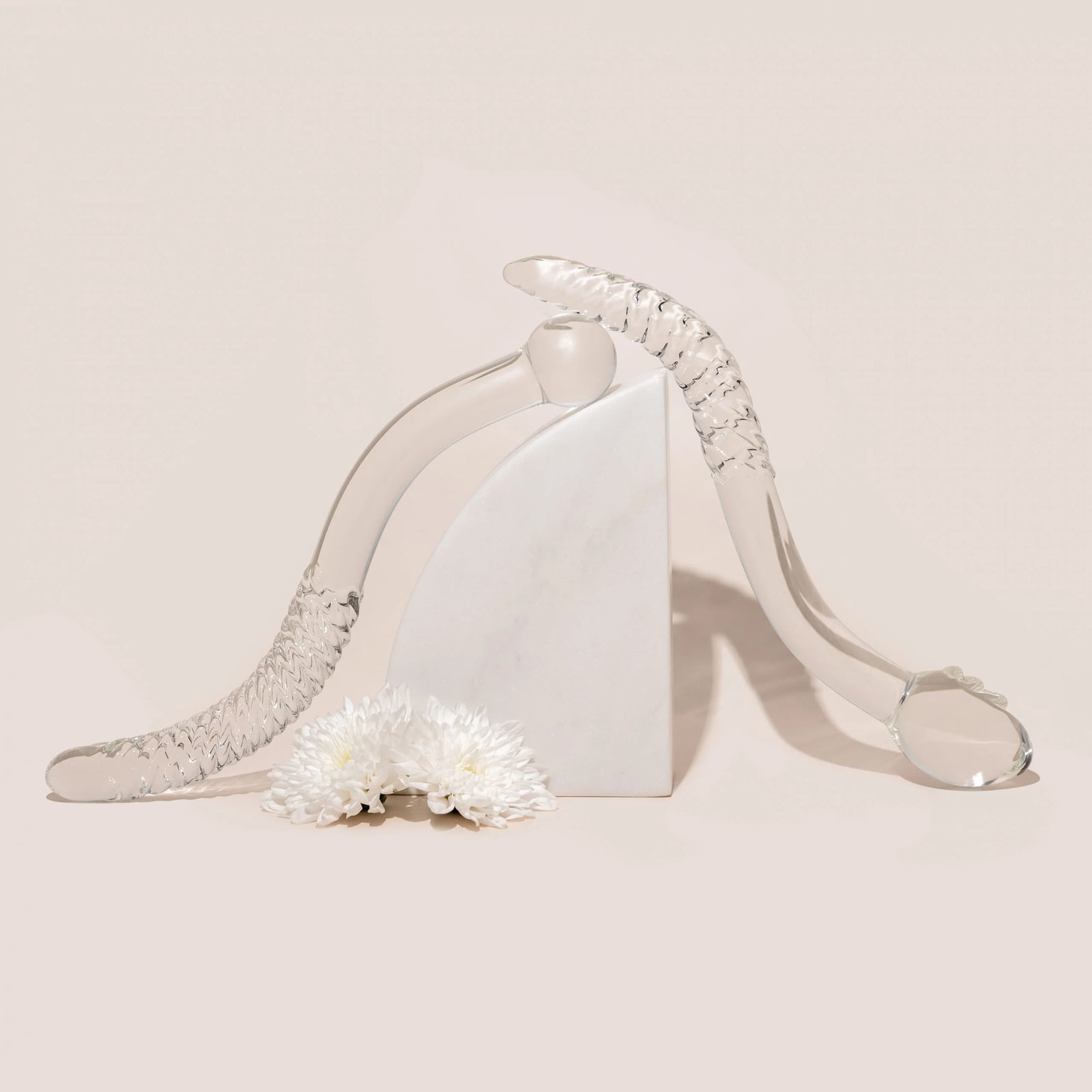Learn the details of massaging down there.

Perineal massage is a technique that is typically started during the last four to six weeks of pregnancy, and it involves gently stretching and massaging the perineum (the area of skin between the vaginal opening and the anus) in order to increase its flexibility and elasticity. The goal is to reduce the risk of perineal tearing during childbirth, as well as to reduce the likelihood of needing an episiotomy (a surgical incision made in the perineum during delivery to enlarge the vaginal opening).
Perineal massage is typically performed by the pregnant woman herself or by her partner, using their fingers or a special massage device. The massage is performed for several minutes each day, and involves gently pressing down and to the sides of the vaginal opening to stretch the tissue in these areas. Over time, this stretching can help the perineal tissue become more flexible and elastic, which can reduce the risk of tearing during delivery.
There is some evidence to suggest that perineal massage can be an effective way to reduce the risk of perineal tearing during delivery. As mentioned previously, a 2013 Cochrane review found that perineal massage in the last few weeks of pregnancy was associated with a lower risk of perineal trauma and the need for episiotomy during vaginal delivery. Similarly, a 2018 study found that perineal massage was associated with a lower risk of severe perineal trauma and the need for surgical repair after delivery.
However, it is important to note that perineal massage may not be effective for everyone, and some women may find it uncomfortable or even painful. It is also important to ensure that proper technique is used during the massage, as improper technique or the use of dirty hands can increase the risk of infection. Women should consult with their healthcare provider before beginning perineal massage, and may wish to seek guidance from a pelvic floor physical therapist or other healthcare professional who is experienced in perineal massage.
Overall, while perineal massage is not a guarantee against perineal tearing during delivery, it may be a useful technique for some women to try in order to reduce their risk of this common childbirth complication. Women who are interested in perineal massage should speak with their healthcare provider to learn more about the technique and to determine if it is appropriate for their individual situation.

